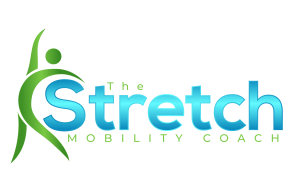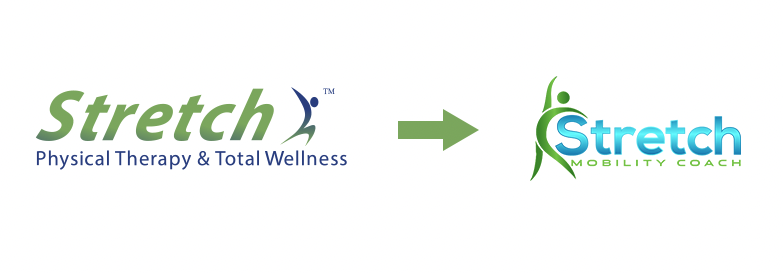Benefits of core exercise progression, balance activities, and dynamic movement exercise to overcome chronic low back pain.
Progression of exercises, balance activities and dynamic movements.
There are many causes of low back pain; it can be the result of a range of conditions that affect the muscles, joints, ligaments, discs or nerves. Regardless of cause, back pain has a negative effect on the muscles which support and stabilize the lumbar spine (these muscles are collectively known as ‘the core’). This phenomenon is known as pain inhibition. Counteracting the negative effects of pain inhibition by strengthening the core is essential to overcome chronic low back pain and return to normal function. Core exercise progression, balance activities and dynamic movement exercises all contribute to this cause.
The ‘core’ is a group of muscles which include the Transverse Abdominis, Multifidus, Internal Oblique, Paraspinal, and pelvic floor. Initially it is a big enough challenge to learn how to activate the ‘core’ muscles when lying down still! But for maximum effect therapeutic exercises must go beyond this and the muscles have to be taught how to control the position of the lower back during dynamic, everyday, movements. It is not just the ability of these muscles to contract that is important, but also the way in which they contract; the order in which they ‘fire’. Transverse Abdominis and Multifidus in particular are what are known as pre anticipatory muscles; this means that their job is to switch on just prior to dynamic movement in order to stabilize the spine in preparation for movement.
Core Exercise Progression
Like any training programme, core training needs to be within the capabilities of the individual becoming more challenging in line with improvements. Initially volitional activation of the core muscles should be practised; this is normally done in lying encouraging the Transversus and Multifidus to return to its role of stabilization prior to movement . Once the muscles are ‘awakened’ this should be transferred to more functional positions. Functional progression is vital, there is no blue print of exercises; a ‘one size fits all’ prescription is useless. Exercises need to be individualized to meet the needs of the individual. All programmes should incorporate exercises in sitting, standing and walking (1).
Balance Activities
Training using an unstable surface has been shown to increase core muscle activation (2). Examples of such unstable surfaces that are commonly used in recreation and rehabilitation are: physio balls, BOSU’s, foam rollers and wobble boards.
Dynamic Movement Exercise
Everyday activities involve movements which are side to side, front to back and up and down. To complete a rehabilitation programme, the core needs to be challenged in all these planes and at different speeds. Faster movements change the centre of gravity relative to base of support. This means that the muscles are required to make quicker adjustments in order to maintain stability and control of the spine.
By mastering the ability to control the lumbar spine through the application of a progressive and individually tailored exercise programme, full resolution of back pain can be achieved. The negative effects of pain inhibition can be countered and future episodes of back pain can be minimised or even eliminated.
References
- Core Strengthening. Akuthota, V and Nadler, SF. 2004, Archives of physical medicine and rehabilitation, Vol. 85, pp. S86-92.
- What I always wanted to know about instability training. Fowles, JR. 2010, Applied physiology nutrition and metabolism, Vol. 35, pp. 89-90.


